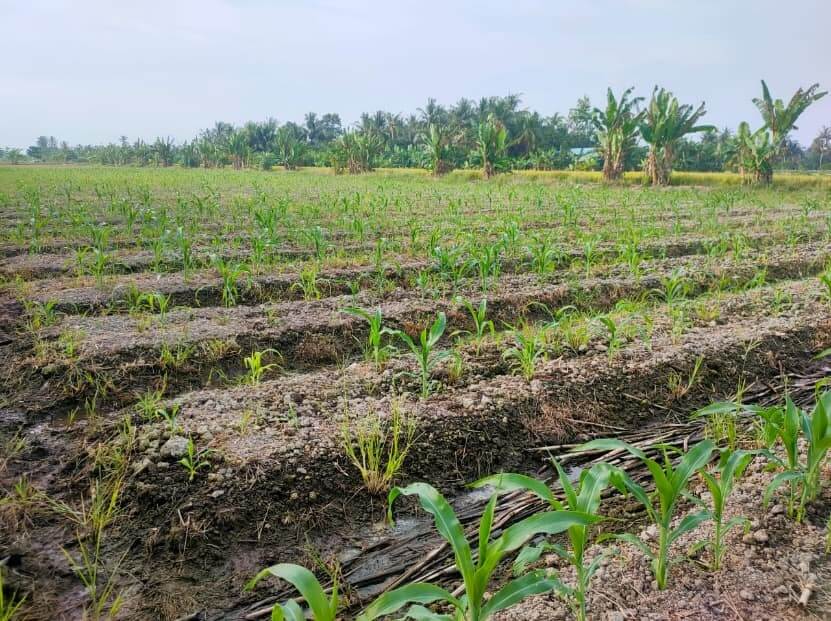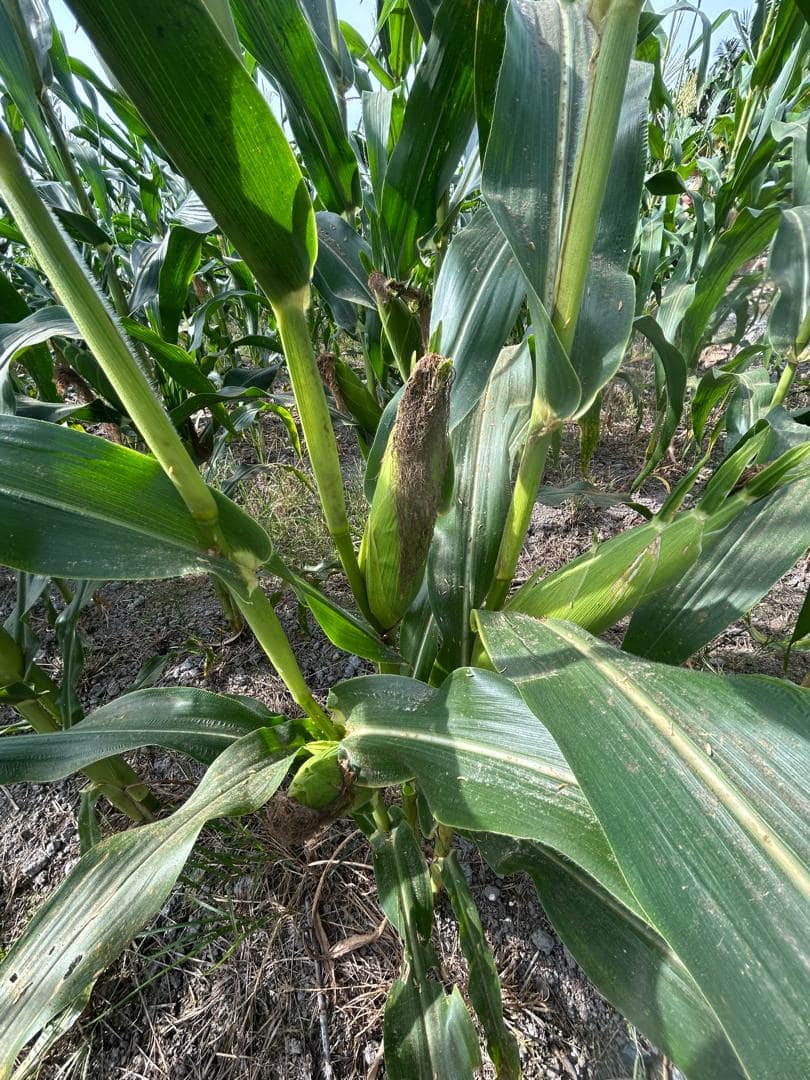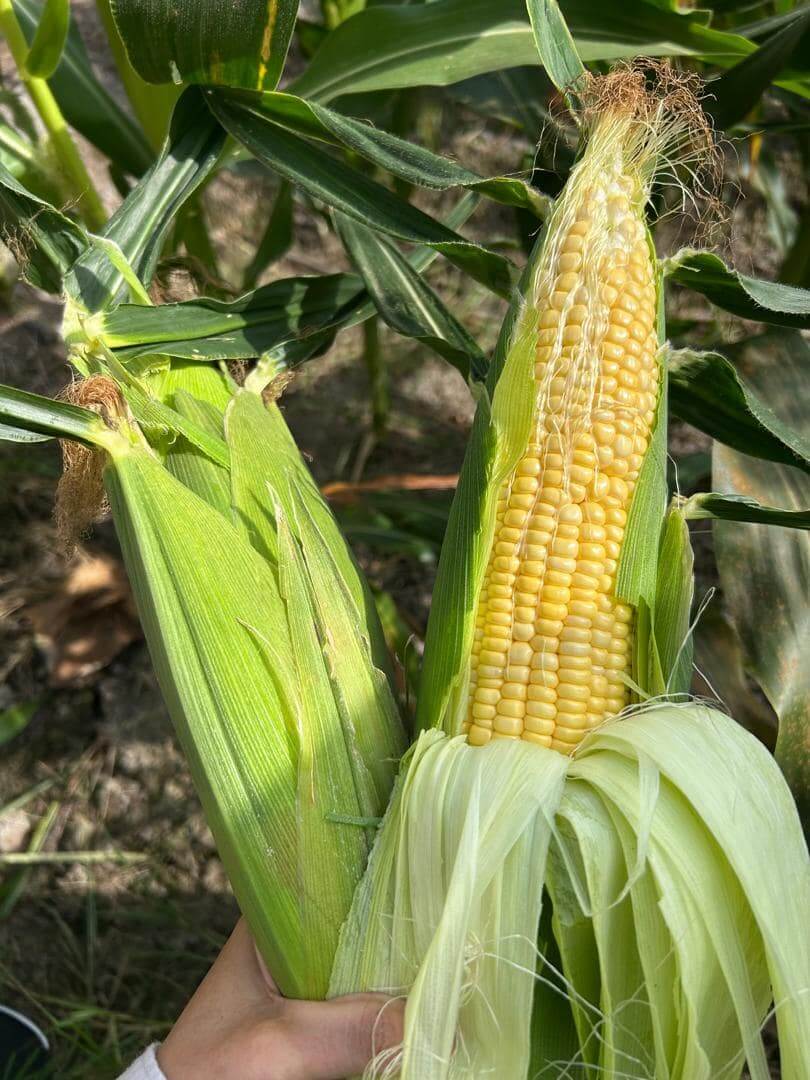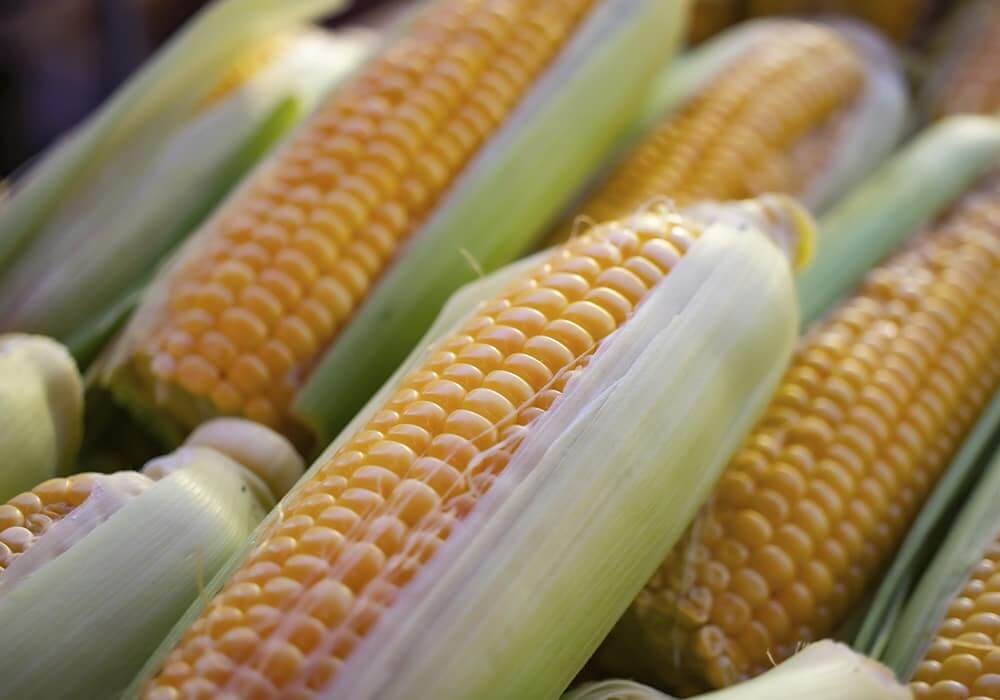Corn farming in Malaysia’s rainy seasons is no easy task. Farmers often struggle with nutrient leaching, fading plant health, and the need for repeated fertilizer applications that add up in both time and cost.
In this case study, we follow Encik Ghani, a corn farmer from Sekinchan, who tested Borochemie NPK 16-16-16 on his 0.25-acre cornfield. The results show how Borochemie’s fertilizer delivers healthier plants, consistent yields, and reduced labor—even in challenging conditions.

The Challenge
For years, Encik Ghani faced the same frustrations as many local farmers:
Heavy rainfall washed away nutrients, leaving plants pale and weak within two weeks of fertilization.
Multiple applications of local fertilizer were needed just to maintain healthy growth.
Extra labor and input costs added unnecessary strain on his small-scale operation.
The question was simple: Could a single, reliable fertilizer reduce his workload without compromising yield?
The Solution
Encik Ghani applied NPK 16-16-16 during the early growth stage of his corn crop. Unlike other fertilizers, Borochemie’s formulation is designed to:
Hold nutrients in the soil longer.
Provide steady nourishment, even under heavy rainfall.
Reduce the need for repeat applications.


The Results
- Just one week after application, the corn plants looked greener and stronger. Even after two weeks of continuous rain, the plants remained vibrant—something Ghani had never experienced with other fertilizers.
- With his previous fertilizer, two applications were necessary. With Borochemie, only one application was enough, saving both time and labor costs.
- On average, Ghani’s plants produced two cobs per plant, matching the expected yield but achieved with fewer inputs and less effort.
“The plants stayed green even after weeks of rain. With just one application, Borochemie’s fertilizer worked better than the local brands I used before.” – Encik Ghani, Sekinchan
Conclusion
This field trial proved that Borochemie NPK 16-16-16 is not only effective in maintaining plant health but also cost-efficient for farmers. By reducing fertilizer applications and labor, it allows growers to focus on what matters most—producing a healthy, sustainable harvest.

